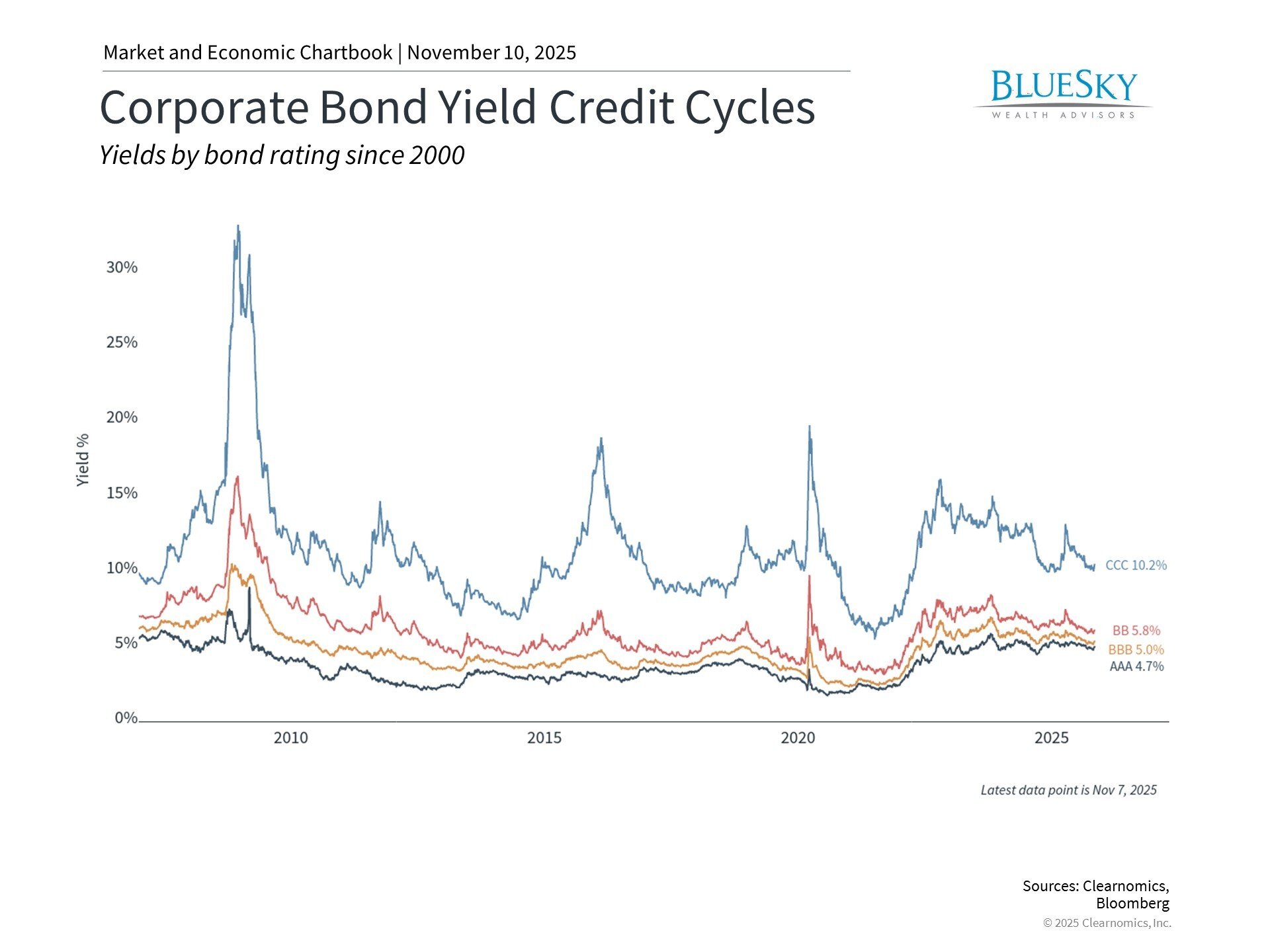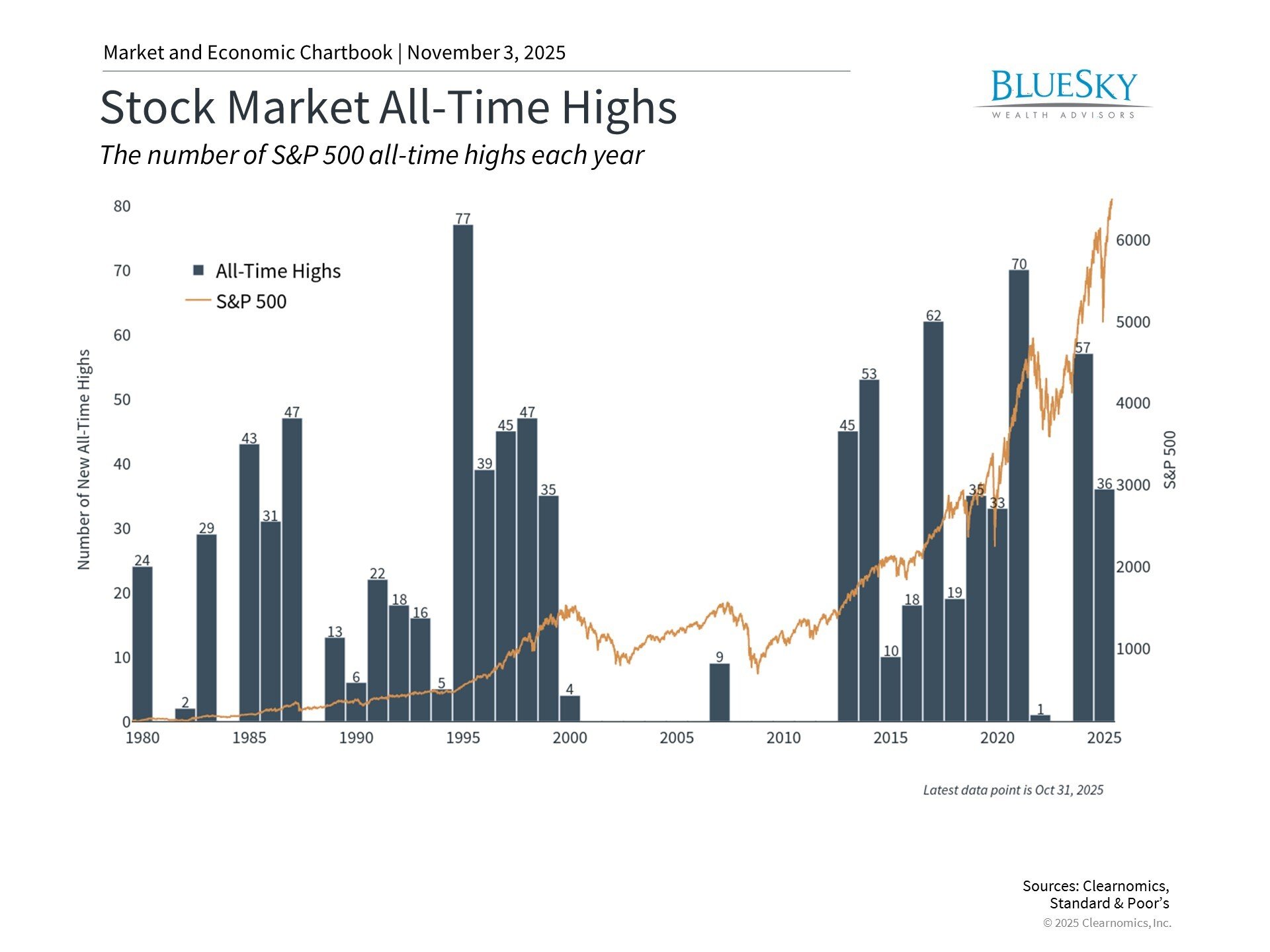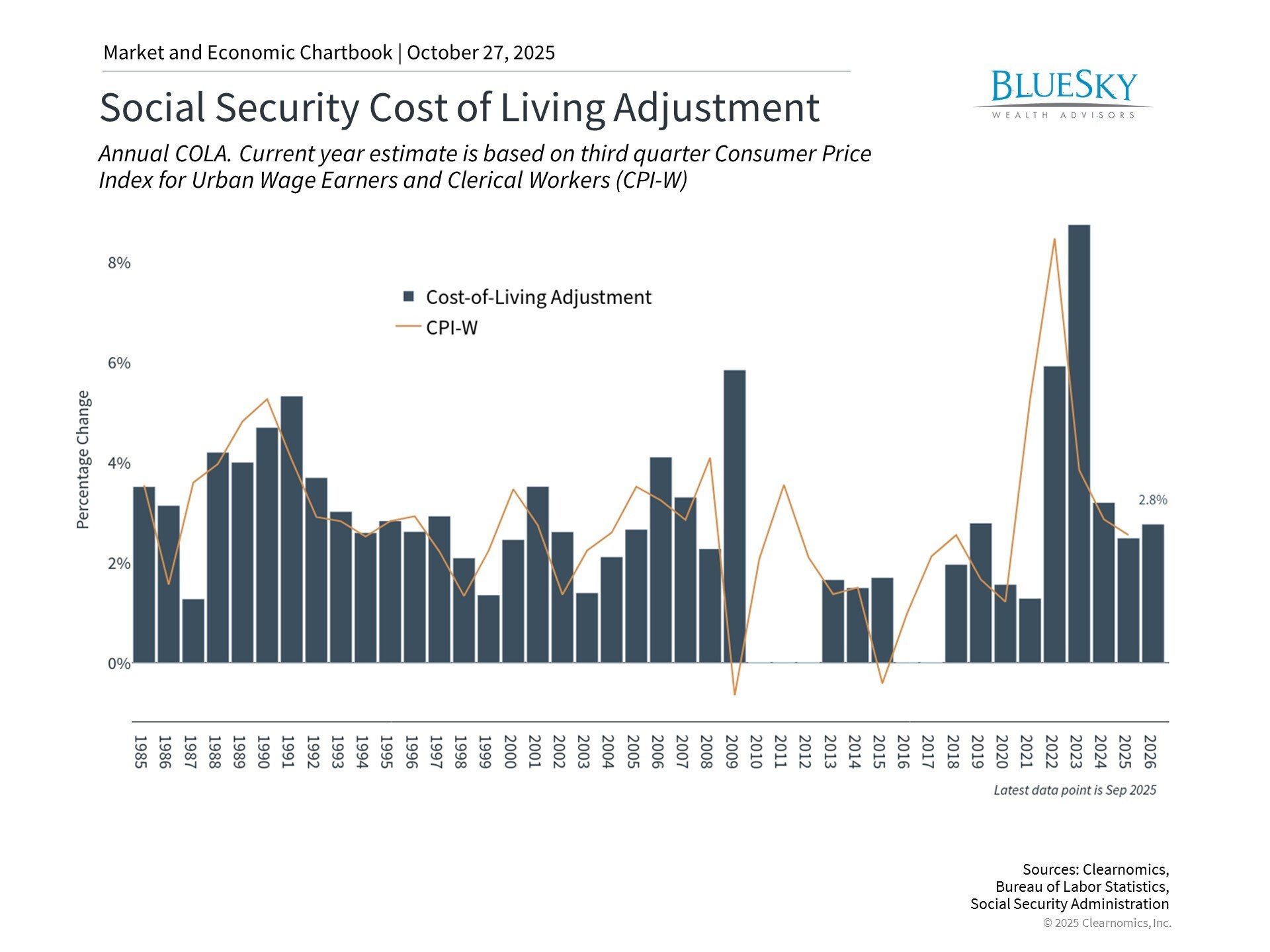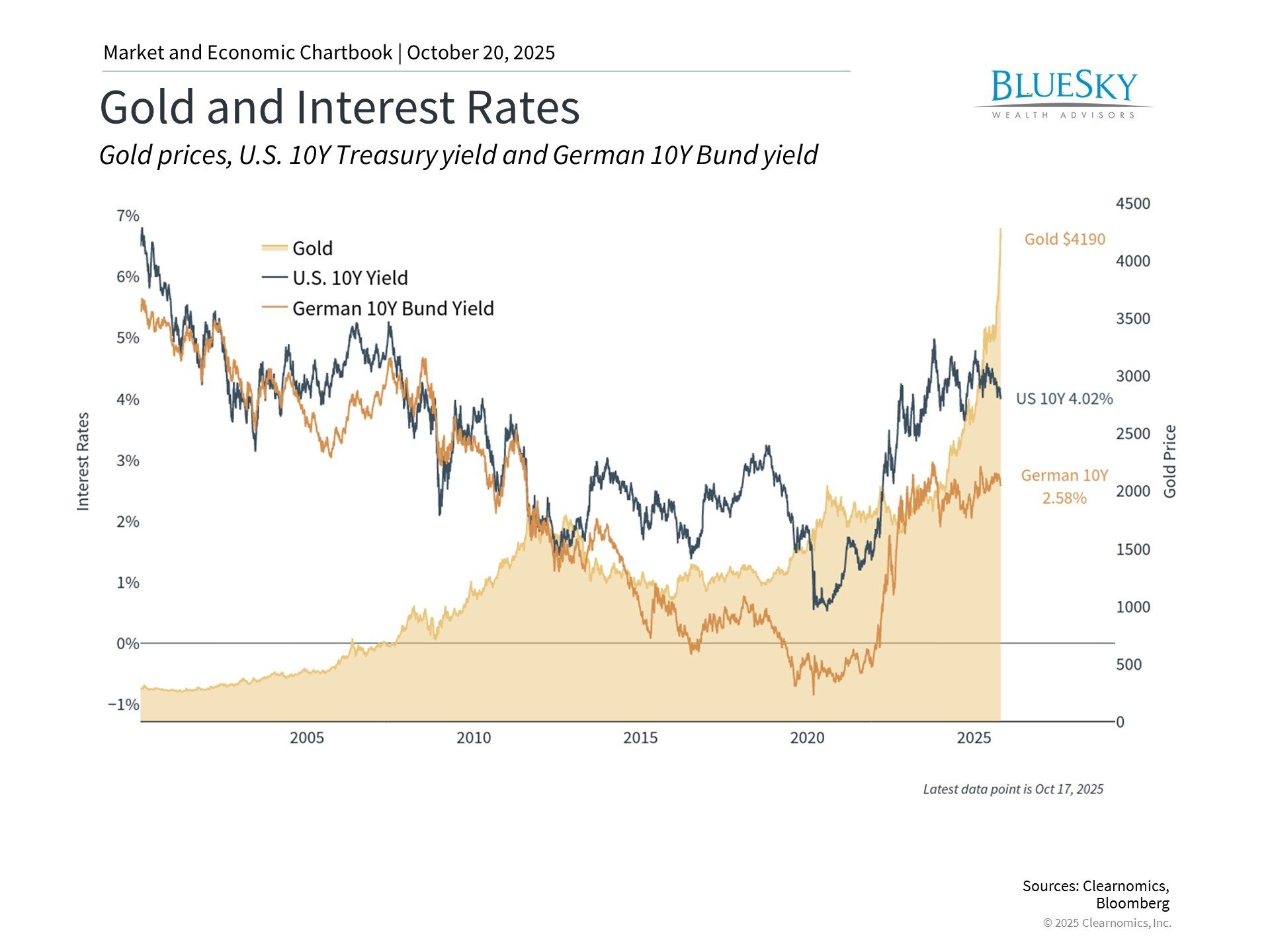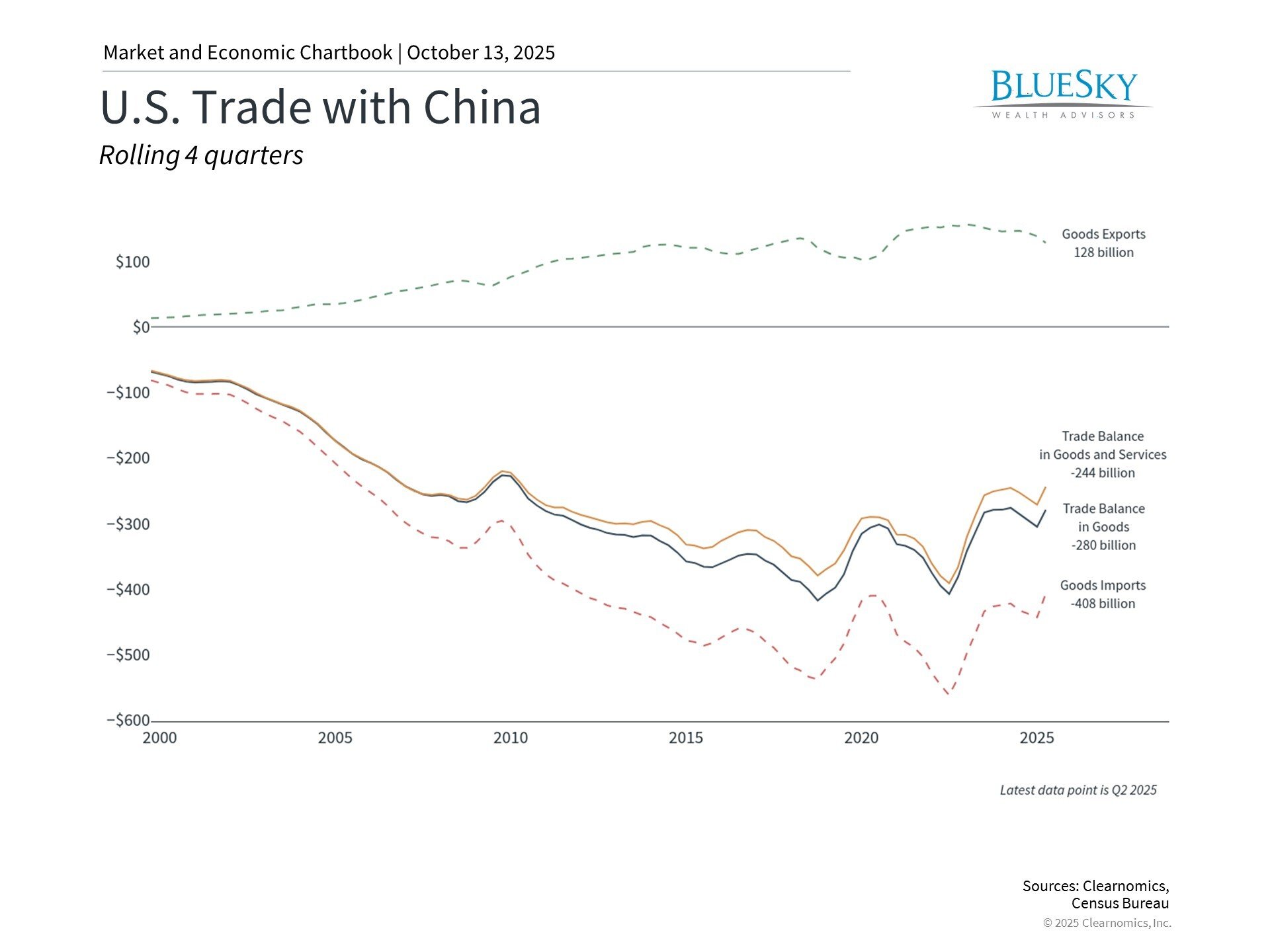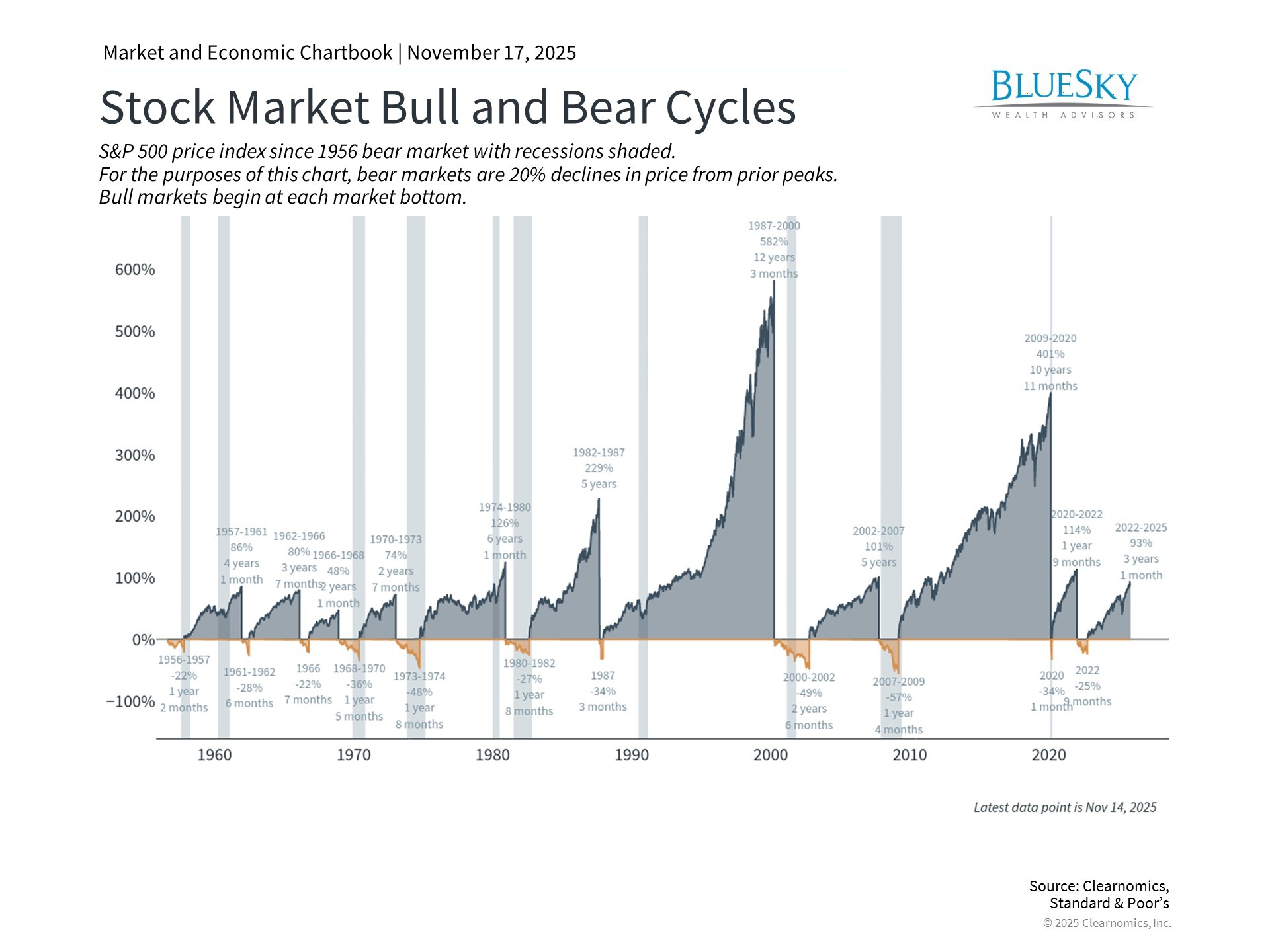
August Market Review: Stocks Hit Records Amid Fed Policy Shifts and Strong Corporate Performance
August Market Review: Stocks Hit Records Amid Fed Policy Shifts and Strong Corporate Performance
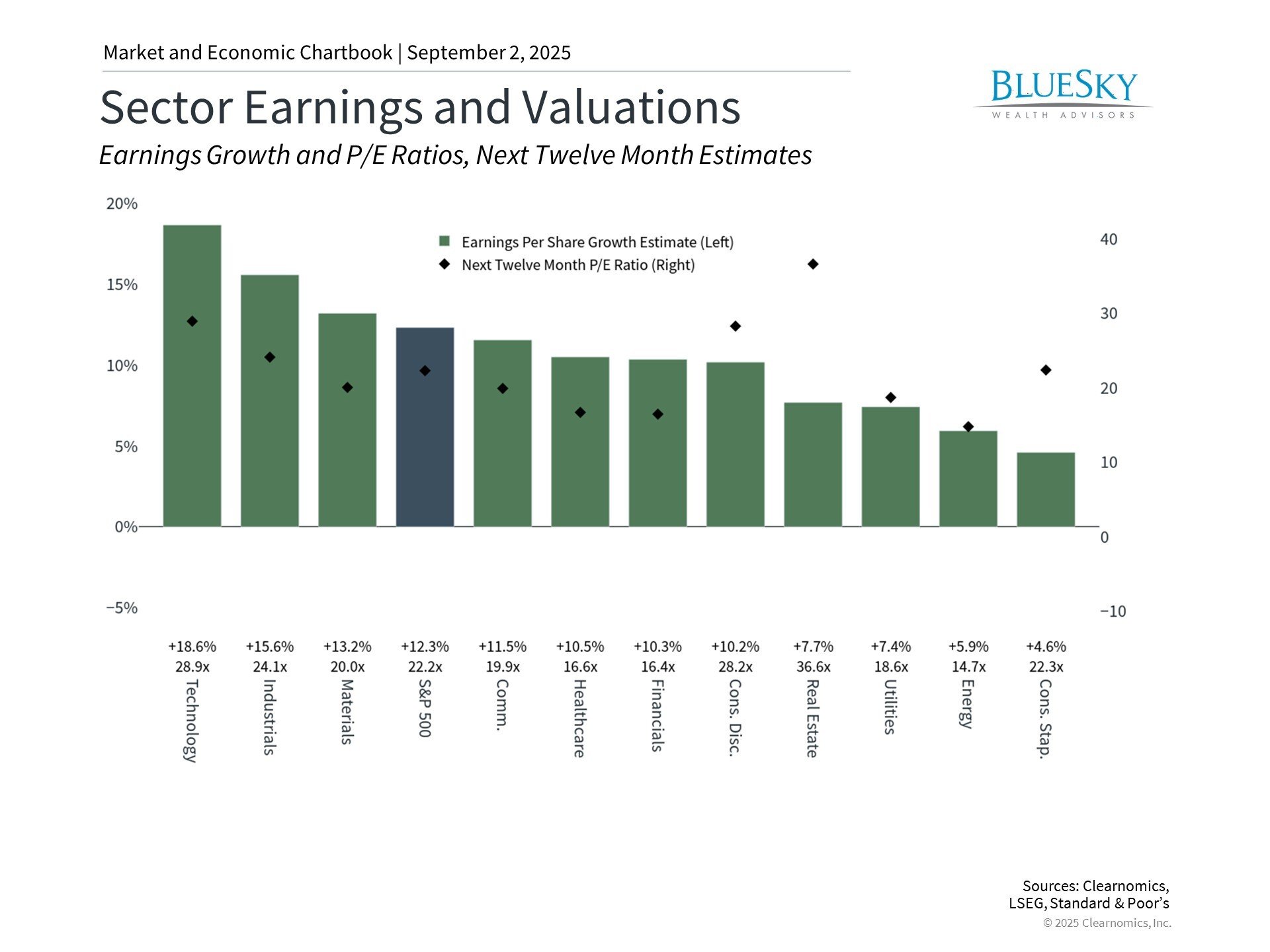
August delivered impressive market gains as equities reached fresh record highs while bond markets also provided positive returns to investors. This performance emerged against a backdrop of ongoing policy uncertainties, including tariff implementations, Federal Reserve independence questions, and technology sector volatility. The month opened with new U.S. tariffs taking effect on major trading partners following the conclusion of an initial 90-day suspension period. Subsequently, a federal appeals court determined these "reciprocal tariffs" violated federal law, potentially setting the stage for Supreme Court review.
Mid-month volatility arose from investor concerns that the Federal Reserve might maintain elevated interest rates for an extended period to combat inflation. Recent inflation data, including the Producer Price Index, indicates businesses are beginning to transfer tariff expenses to consumers. Nevertheless, market confidence returned quickly thanks to corporate earnings that surpassed expectations and increased optimism regarding potential Fed rate reductions at the September policy meeting.
Economic data presented a mixed picture. Second quarter GDP growth was revised upward from 3.0% to 3.3%, representing a substantial improvement from the first quarter's 0.5% contraction. Conversely, the monthly employment report revealed a sharp decline in job creation, with significant downward adjustments to previous months' figures. This development prompted the White House to dismiss the Bureau of Labor Statistics Commissioner, contributing to the uncertain policy environment.
Nonetheless, market volatility remained relatively subdued compared to historical norms. August's robust performance across both equity and fixed income markets reinforces the value of maintaining balanced portfolios with a long-term perspective.
Key Market and Economic Drivers
- The S&P 500 rose 1.9% in August, the Dow Jones Industrial Average 3.2%, and the Nasdaq 1.6%. Year-to-date, the S&P 500 is up 9.8%, the Dow is up 7.1%, and the Nasdaq is up 11.1%.
- The Bloomberg U.S. Aggregate Bond Index gained 1.2% in August. The 10-year Treasury yield ended the month lower at 4.2%.
- International developed markets jumped 4.1% in U.S. dollar terms using the MSCI EAFE index, while emerging markets gained 1.2% based on the MSCI EM index. Year-to-date, the MSCI EAFE index has gained 20.4% and the MSCI EM index 17.0%.
- The U.S. dollar index ended the month lower at 97.8.
- Bitcoin fell in August, ending the month at 109,127 after experiencing a "flash crash" on August 24.
- Gold prices ended the month at a new all-time high of $3,487.
- The Consumer Price Index rose 2.7% on a year-over-year basis in July, in line with economist expectations.
- The jobs report showed that the economy added only 73,000 jobs in July. Significant downward revisions to the May and June figures mean that the labor market was much weaker than originally reported. The unemployment rate remained low at 4.2%.
Strong corporate earnings drove market advances

Although daily headlines and news events may influence short-term market movements, underlying fundamentals such as corporate profits and asset valuations ultimately determine long-term portfolio performance. While current equity valuations appear elevated relative to historical benchmarks, this premium reflects companies' continued ability to generate robust earnings growth.
Recent earnings season data reveals that 81% of S&P 500 companies exceeded analyst projections, according to FactSet research. This represents the highest beat rate since the third quarter of 2023, indicating that economic conditions and corporate performance have proven more resilient than many anticipated.1
These results also highlight corporate adaptability as businesses navigate tariff challenges, manage increased costs, and identify growth opportunities despite policy uncertainties.
Significant investor attention has focused on the Magnificent Seven, a collection of mega-capitalization technology companies, some valued at multiple trillions of dollars. This cohort now comprises more than one-third of the S&P 500's total market value, making their performance crucial for broader market direction. While earnings results varied across this group, several of these "hyperscaler" companies delivered results that exceeded expectations. Despite ongoing concerns about potential artificial intelligence sector overvaluation, these positive outcomes helped fuel the market rally during August's latter half.
Central bank policy shifts appear likely

Meanwhile, consumer-oriented companies delivered varied results reflecting evolving household expenditure trends. Tariff implementation has intensified these challenges as businesses transfer a larger share of tariff costs to end consumers. When combined with disappointing employment data, these factors led markets to anticipate more aggressive rate reductions starting in September.
Federal Reserve Chair Jerome Powell delivered his most definitive indication yet that the central bank stands ready to resume interest rate cuts after this year's pause during his remarks at the annual Jackson Hole, Wyoming symposium. The Fed operates under a "dual mandate" requiring both price stability and full employment. Recent policy has emphasized elevated interest rates due to persistent inflation and robust labor market conditions. Consequently, emerging signs of employment market weakness could shift Fed decision-making toward cautious rate reductions.
Rate reductions may benefit multiple investment categories

Anticipated Federal Reserve rate cuts could generate opportunities across various asset classes. Beyond supporting broader economic expansion, reduced interest rates can lower corporate borrowing costs, eliminate barriers to new investment projects, and enhance the present value of future earnings streams. For fixed income investments, declining interest rates typically increase the market value of existing bonds issued at higher yields.
Bond yields have traded within a relatively tight range throughout this year, with the 10-year Treasury yield primarily oscillating between 4.0% and 4.5%. Even as short-term rates potentially decline following Fed cuts, numerous bond sectors continue offering attractive income levels. The U.S. aggregate bond index currently yields 4.4%, investment-grade corporate bonds provide 4.9%, and high-yield bonds offer 6.7%. These yields significantly exceed historical averages and enhance balanced portfolio performance.
For comprehensive portfolios, investors should maintain focus on managing various risk and return factors. Issues including tariff policies, Federal Reserve decisions, and potential government funding disruptions in Washington represent just some of the challenges investors will encounter in coming months. Rather than responding to individual events, maintaining portfolios designed to weather these fluctuations while delivering both current income and long-term appreciation remains the optimal approach for achieving financial objectives.
The bottom line? August brought markets to new record levels despite numerous policy uncertainties. Robust corporate earnings and economic growth continue supporting portfolio performance amid persistent volatility.
1.https://advantage.factset.com/hubfs/Website/Resources%20Section/Research%20Desk/Earnings%20Insight/EarningsInsight_082925.pdf
BlueSky Disclosures
Copyright (c) 2025 Clearnomics, Inc. All rights reserved. The information contained herein has been obtained from sources believed to be reliable, but is not necessarily complete and its accuracy cannot be guaranteed. No representation or warranty, express or implied, is made as to the fairness, accuracy, completeness, or correctness of the information and opinions contained herein. The views and the other information provided are subject to change without notice. All reports posted on or via www.clearnomics.com or any affiliated websites, applications, or services are issued without regard to the specific investment objectives, financial situation, or particular needs of any specific recipient and are not to be construed as a solicitation or an offer to buy or sell any securities or related financial instruments. Past performance is not necessarily a guide to future results. Company fundamentals and earnings may be mentioned occasionally, but should not be construed as a recommendation to buy, sell, or hold the company's stock. Predictions, forecasts, and estimates for any and all markets should not be construed as recommendations to buy, sell, or hold any security--including mutual funds, futures contracts, and exchange traded funds, or any similar instruments. The text, images, and other materials contained or displayed in this report are proprietary to Clearnomics, Inc. and constitute valuable intellectual property. All unauthorized reproduction or other use of material from Clearnomics, Inc. shall be deemed willful infringement(s) of this copyright and other proprietary and intellectual property rights, including but not limited to, rights of privacy. Clearnomics, Inc. expressly reserves all rights in connection with its intellectual property, including without limitation the right to block the transfer of its products and services and/or to track usage thereof, through electronic tracking technology, and all other lawful means, now known or hereafter devised. Clearnomics, Inc. reserves the right, without further notice, to pursue to the fullest extent allowed by the law any and all criminal and civil remedies for the violation of its rights.

